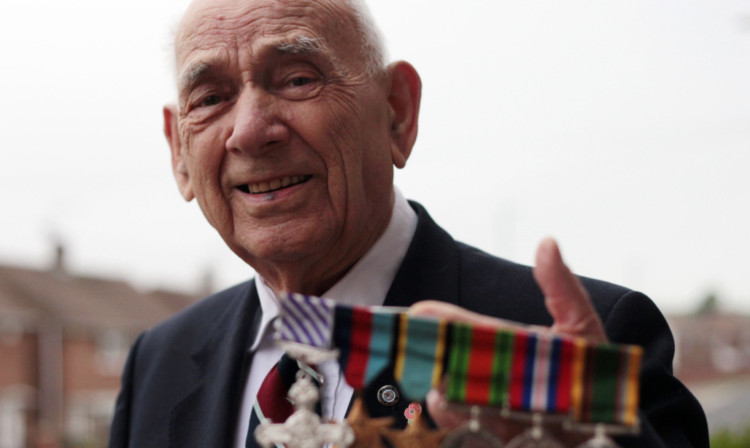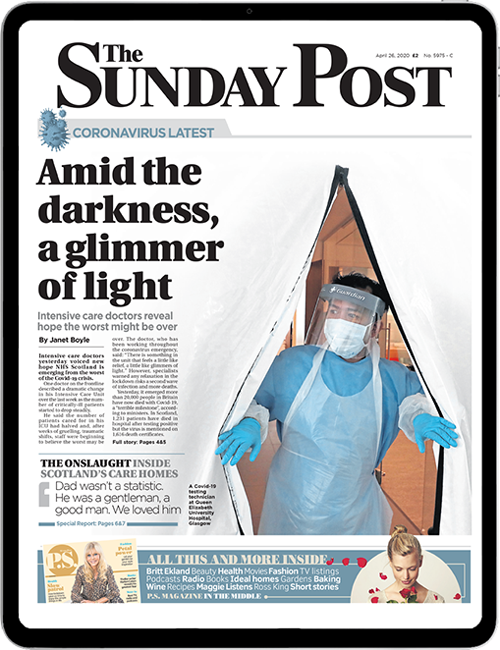
A decorated war hero has revealed how the mystery of his missing RAF comrade was finally solved after a 65-year search.
John Hall who was awarded the Distinguished Flying Cross for his bravery as a Lancaster bomber tail gunner had vowed to find the last resting place of his brother-in-arms Flight Sergeant Jim “Hank” Hancock.
As part of the famed 106 Squadron, the pair flew in a total of 28 raids over Nazi Germany.
It was an incredible feat, since bomber crews dodging the Luftwaffe and Hitler’s notorious “ack-ack” anti-aircraft guns were given a lower chance of survival than even frontline troops in the First World War just 40 hours.
Their death-defying exploits helped forge an unbreakable bond of friendship between John the youngest member of the crew at 22 and Hank who, at 31, was the eldest.
Late in 1941, as 106 Squadron was engaged in regular night bombing operations against “Fortress Europe”, Hank was grounded after suffering a severe sore throat.
Flight Lieutenant John went on to complete the last two missions of the total 30 that made up his tour of duty.
But he chose to wait for his pal Hank to complete his own tour of duty with a final raid on the city of Gelsenkirchen, where coal production and oil refineries fuelled the Nazi war effort.
John, from Sunderland, recalled: “We shook hands and embraced.
“I said, ‘It’s the last one for you Hank I’ll be here when you get back and we can have a shindig’.”
Sadly, it was not to be. Wing Commander Guy Gibson, who was later the commanding officer of the Dambusters, broke the crushing news that Hank’s plane had not returned.
It was thought the crew had been shot down over Texel in Holland though the flight log simply stated: “Nothing heard from the aircraft after take-off.”
John, now 92, told The Sunday Post: “It left a big void in my life. So for 65 years, my one ambition has been to find out where Hank was and pay my last respects.”
John searched records from the 106 Squadron, the medal office and the Durham County records office for any information on his friend’s grave all to no avail.
Then John received a letter “out of the blue” inviting him to a squadron dinner. John got in touch and, naturally, asked for news about Hank.
“The captain mentioned a gentleman who had been enquiring about his father,” recalled John. “The captain was sure the man was called Hancock.”
John got the man’s number from the captain and, not daring to get his hopes up, dialled it.
“I rang and it turned out to be Hank’s son who was also called Jim. He was born the night his father went missing. Hank didn’t even know he had a son.”
John and Jim, of Houghton-Le-Spring, spent hours sharing everything they knew about Hank. John’s son-in-law got involved too in a last-ditch bid to solve the mystery.
Their efforts paid off when an internet search located Hank’s grave in Holland. It turned out that, after the aircraft came down, the crew’s bodies had been washed up on a Dutch beach and were buried by locals before being re-interred in Hardewojk General Cemetery about 30 miles from Amsterdam,
An emotional John laid a poppy wreath with the message: “Been a long time Hank but we finally meet again. God be with you always. John Hall.”

Enjoy the convenience of having The Sunday Post delivered as a digital ePaper straight to your smartphone, tablet or computer.
Subscribe for only £5.49 a month and enjoy all the benefits of the printed paper as a digital replica.
Subscribe